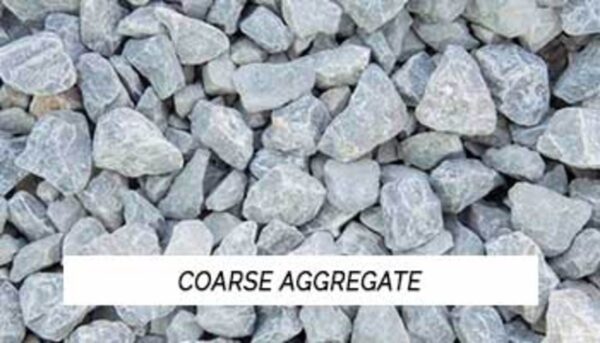Unleashing the Power of Quality of Aggregate: 10 Key Factors
Aggregate quality plays a crucial role in determining the strength, durability, and overall performance of concrete structures. The properties of aggregates, such as particle size distribution, shape, surface texture, and mineralogy, significantly influence the mechanical and physical characteristics of concrete. For instance, well-graded aggregates with a continuous particle size distribution, ranging from 75 μm to…






